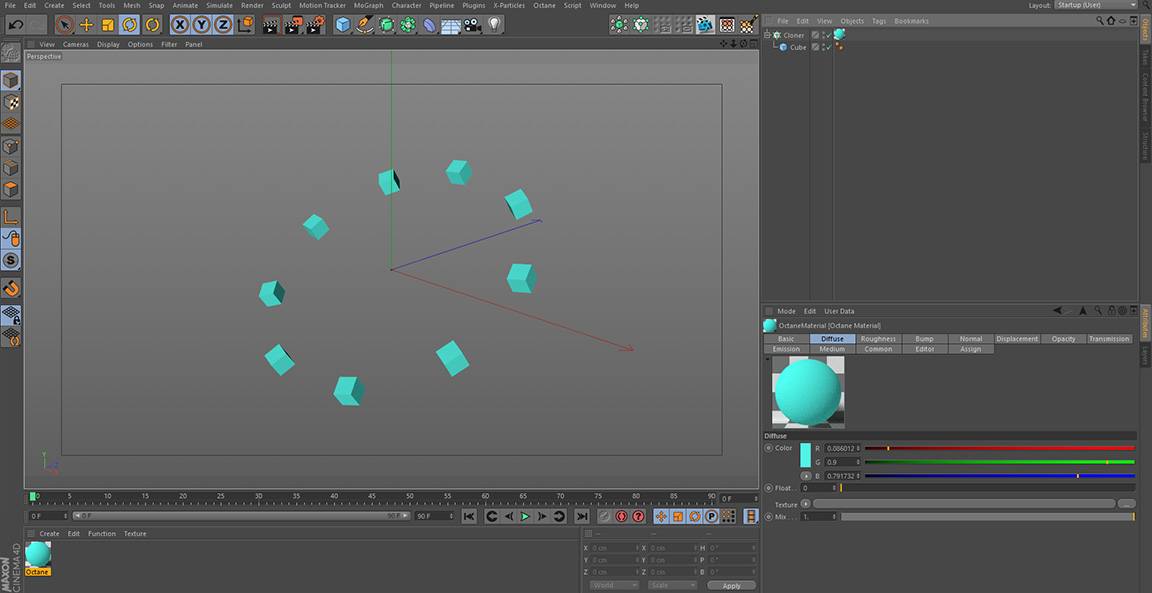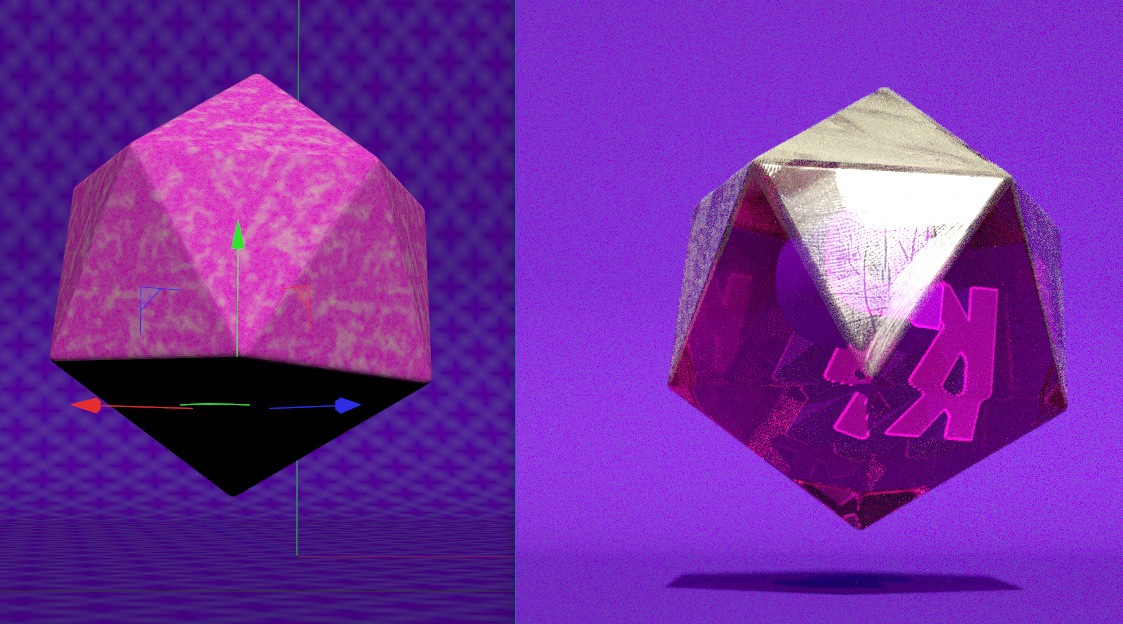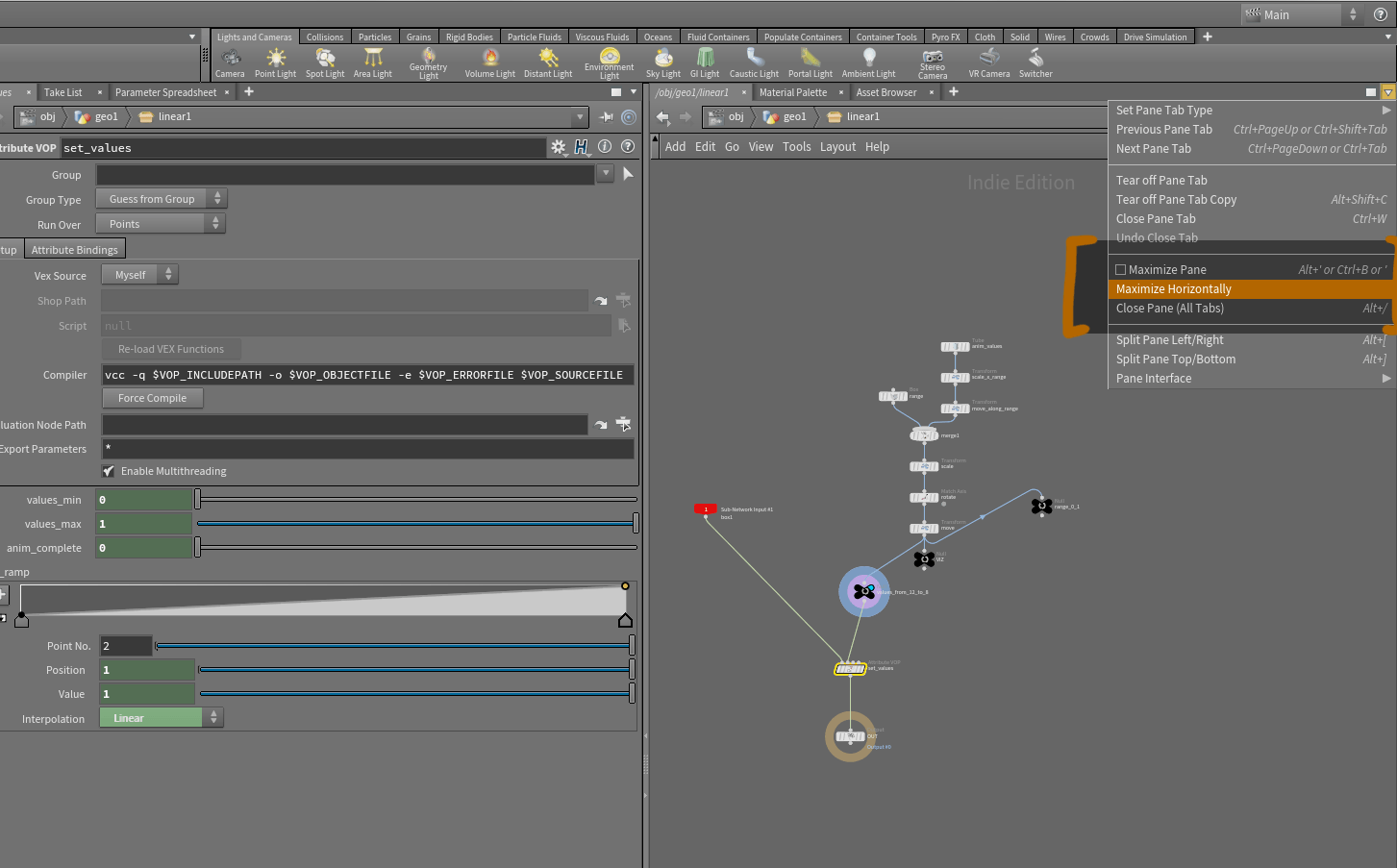Are you an aspiring motion graphic artist with dreams of making super cool animations for film, TV, VR and videos? Then you have to brace yourself for some serious learning ahead! Although exciting, being a motion graphic artist takes months if not years of learning and using different software to perfect your art and create stellar works. As a motion graphic artist, you’re expected to be fluent in multiple 3D animation programs to bring stories to life using 3D environment and effects. If this is something you are truly passionate about and want to excel in, you must invest the time and money required to master essential programs.
This goes without saying that mastering a software is not enough to be an expert. You also need to have excellent skills in sketching, drawing and mind mapping before you can become an animation expert. The tools here will only bring to life what your mind has conceived, so unless you have a strong creative sense, motion graphics may be a difficult field to master. Nevertheless, creative or not, you will still need to master these tools if you want to establish your career as a motion graphics artist.
Ready? Here you go.
Cinema 4D
The Cinema 4D was invented by Maxon Computer, the leading developer of 3D programs. Though it debuted in 1996, C4D has recently picked up on popularity thanks to the rising number of people who are delving into digital arts. There has been considerable debate among beginners who are often confused about whether they should use Maya or Cinema 4D since both programs are meant for 3D modeling & animating. The truth is, there is no comparison as each software is powerful in its own purpose. Maya is great for character setup and complex animation while Cinema 4D is very handy when it comes to motion graphics, VFX and rendering.
The only caveat to this software is its hefty price ($3,000+) which explains why it is not as popular as the other cheaper or open source programs. Despite the price tag though, the Cinema 4D is the perfect tool for both beginners and professionals to create stellar artworks. If you’re worried about the price, you might want to download the 42-day free trial version before you make the actual purchase. It is highly recommended though that you use these 42 days to practice what you learn from the following sources to familiarize yourself with the software before you make a purchase.

The following are some of the best sources online to learn Cinema 4D for free:
Cineversity: Great for beginners who want to start with acquiring preliminary knowledge about the software and how it works.
Greyscalegorilla: Ideal for those who already have basic knowledge and want specific tutorials.
Hellolux: Compilation of different tutorials with options for deeper learning at various price slots.
X-Particles (Cinema 4D plugin)
If you want to create spectacular stuff with Cinema 4D, warm your hands with the X-Particles plugin. Exclusive for Cinema 4D, the plugin lets you create particles with full dynamics, fluid effects, and collisions. It’s alsoa perfect tool to create and render realistic smoke, fire, and explosive simulations within the Cinema 4D renderer. Greyscalegorrila has some great tutorials on using this plugin in your C4D project. Of course, buy the plugin and the courses only after you’ve gained enough confidence using Cinema 4D.
P.S While X-Particles is great for realistic renders of fires and fumes, you can also try the Turbulance FD plugin which is designed exclusively for firework effects!

Octane Render Plugin
Cinema 4D renderers can be slow and if you’re running a critical project, you can’t afford the minutes wasted on rendering. You can speed up the rendering process with the Octane Render plugin created to accelerate render times in Cinema 4D. It is easy to create materials with Octane and since it uses GPU to render, you can see your scene objects being rendered in real-time. Being a third-party plugin, you can use the Octane on multiple design platforms with a single user license!

Houdini
Houdini is one of the oldest programs used by multimedia artists to create 3D and VFX effects for films, TV and now virtual reality. It has been used in games like Call of Duty, in Disney movies like Frozen and Zootopia and in Game of Thrones for extra visual effects. What sets Houdini apart from all other 3D software is its procedural aspect which allows for less expensive production, quick iterations and flexible design abilities. Using a node-based structure, Houdini lets you create animation through joining nodes and allowing you to explore design iterations as you work. Although this is an easy approach, the Houdini interface itself is complex and may require scripting to automate certain tasks. Houdini is best suited for animators who have a good technical background, are sound in mathematical and algorithm analysis skills, and can work on its procedural interface. Once you get the hang of the program, you will see the flexibility it allows in helping you create animation and effects that would have been more time-consuming and rigid in other animation programs. It is highly recommended to learn Houdini as it is the most powerful animation software at a notch above the others.

Adobe After Effects
Adobe After Effects is the god of 2D animation. In fact it is one of the best programs you would need to become a motion grapher / animator. From shape animation to rotoscope, cel animation to 3D integration – it can do literally everything. It’s a great software that aspiring motion graphic animators should master before they move on to other complex programs. There are plenty of FREE training materials available for learning Adobe After Effects, however, sites like Lynda.com and Udemy offer extensive learning materials at an affordable price for beginners and advanced users alike. Remember, you cannot truly master 3D if you don’t already have the skills to do great work in 2D and Adobe After Effects is the best place to start.
Zbrush
The Zbrush tool is a professional 3D sculpting & modeling tool used on 3D characters animation to give them a smooth and realistic effect. While general 3D modeling programs do offer sculpting features, they are do not offer the flexibility to sculpt your animation. The Zbrush allows you to treat your animation like clay – pulling, dragging and pinching it until it takes the form you want it to. Such flexibility is hard to achieve in traditional 3D programs which is why professional animators use a third-party like Zbrush to achieve that perfect realistic look. This is a great program to learn once you’ve got hands-on experience with 3D modeling and character animation.
Additional Tips & Resources:
- Paint & Stick: A plugin for After Effects that lets you paint directly into your composition using custom Photoshop brushes. With the ‘stick’ part, you can paint directly on 3D layers without moving away from Photoshop.
- Rubberhose or Duik: Two popular options for character animation and rigging designed for After Effects. Both are good options but with distinct needs – for fast rigging, Rubberhose is great and for more control over the rig, use Duik!
- Aescripts: The world of plugins and effects in one place. Aescripts is the most popular place to buy your favorite plugin!
- Up your color knowledge: Understanding of color is very important in order to be a successful motion designer. If you haven’t already explored color theories, check out Canva and Smashing Magazine to know more!
At a point in time, motion artists were limited to movie production units but today with Virtual and augmented reality, 3D games and animated content on the rise, motion graphic artists are in much demand. Like every other field though, you have to constantly learn, upgrade, create and repeat. Knowing more programs adds to your skill base while restricting yourself in one area limits your scope and prevents you from excelling in your career. Good luck!


